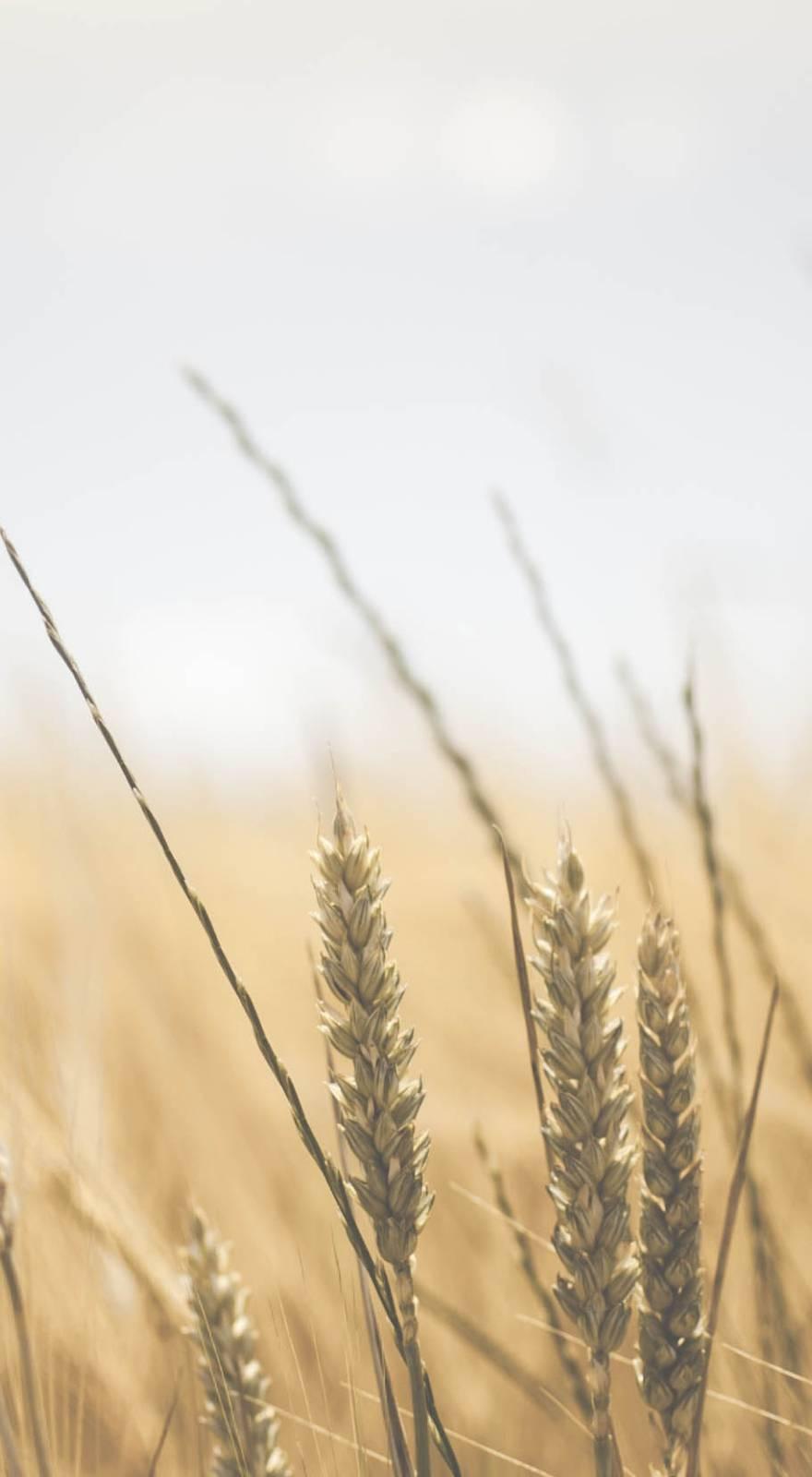Knowde Enhanced TDS
Identification & Functionality
- Agrochemical Functions
- Technologies
- Product Families
- Active Ingredient
(a-[2-4-chlorophenyl)ethyl]-a-(1,1-dimethylethyl)-1H-1,2,4-triazole-I-ethanol) 38.7% OTHER INGREDIENTS 61.3% TOTAL 100.0%
*Contains 3.6 pounds tebuconazole per gallon
Applications & Uses
- Markets
- Applications
- Fungicide Target Species
- Environmental Hazards
This pesticide is toxic to mammals, fish, and aquatic invertebrates. Do not apply directly to water, or to areas where surface water is present or to intertidal areas below the mean high water mark. Runoff may be hazardous to aquatic organisms in neighboring areas. Do not contaminate water when disposing of equipment washwater or rinsate. Ground Water Advisory: Tebuconazole is known to leach through soil into groundwater under certain conditions as a result of label use. Use of this chemical in areas where soils are permeable, particularly where the water table is shallow, may result in groundwater contamination. Surface Water Advisory: This product may contaminate water through drift of spray in wind. This product has a high potential for runoff for several months or more after application. Poorly draining soils and soils with shallow water tables are more prone to runoff that contains this product. A level, well-maintained vegetative buffer strip between areas to which this product is applied and surface water features such as ponds, streams, and springs will reduce the potential for contamination of water from rainfall-runoff. Runoff of this product will be reduced by avoiding applications when rainfall is forecasted within 48 hours.
- Directions For Use
It is a violation of Federal law to use this product in a manner inconsistent with its labeling. Read entire label before using this product.
Do not apply this product in a way that will contact workers or other persons, either directly or through drift. Only protected handlers may be in the area during application. For any requirements specific to your State or Tribe, consult the agency responsible for pesticide regulation.
Properties
- Physical Form
Safety & Health
- Precautionary Statements
Hazards to Humans and Domestic Animals
CAUTION
Harmful if swallowed. Wash thoroughly with soap and water after handling and before eating, drinking, or using tobacco.
Personal Protective Equipment (PPE)
Some materials that are chemical-resistant to this product are barrier laminate, butyl rubber
thicker than 14 mils, nitrile rubber thicker than 14 mils, neoprene rubber thicker than 14 mils,
PVC thicker than 14 mils, and Vitron thicker than 14 mils. For additional options, follow the
instructions for Category C, on an EPA chemical-resistant category selection chart.
Applicators and other handlers must wear.- Long-sleeved shirt and long pants
- Chemical-resistant gloves (such as nitrile, butyl, neoprene, and/or barrier laminate)
- Shoes and socks.
User Safety Requirements
Follow manufacturer's instructions for cleaning/maintaining PPE. If no such instructions for washables exist, use detergent and hot water. Keep and wash PPE separately from other
laundry.
Engineering Controls
When handlers use closed systems, enclosed cabs, or aircraft in a manner that meets the requirements listed in the Worker Protection Standard (WPS) for agricultural pesticides
[40 CFR 170.240(d)(4-6), the handler PPE requirements may be reduced or modified as specified in the WPS. However, full PPE must be available in the event that the handler exits
the aircraft, enclosed cab, etc., prior to the REI.
User Safety Recommendations
Users should:- Wash hands before eating, drinking, chewing gum, using tobacco or using the toilet.
- Remove clothing/PPE immediately if pesticide gets inside. Then wash thoroughly and put on clean clothing.

